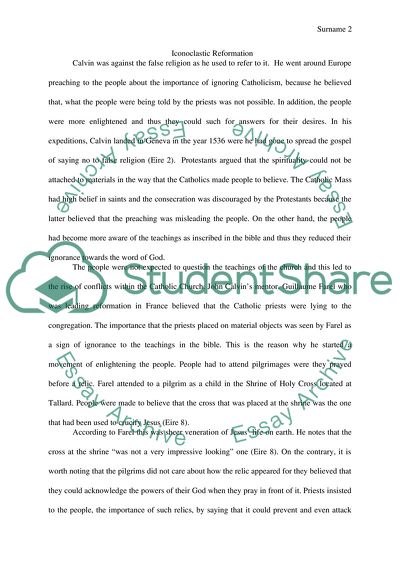Cite this document
(Analysis of War against the Idols: The Reformation of Worship from Book Report/Review, n.d.)
Analysis of War against the Idols: The Reformation of Worship from Book Report/Review. Retrieved from https://studentshare.org/religion-and-theology/1777325-themes-religion-and-politics-religion-and-society
Analysis of War against the Idols: The Reformation of Worship from Book Report/Review. Retrieved from https://studentshare.org/religion-and-theology/1777325-themes-religion-and-politics-religion-and-society
(Analysis of War Against the Idols: The Reformation of Worship from Book Report/Review)
Analysis of War Against the Idols: The Reformation of Worship from Book Report/Review. https://studentshare.org/religion-and-theology/1777325-themes-religion-and-politics-religion-and-society.
Analysis of War Against the Idols: The Reformation of Worship from Book Report/Review. https://studentshare.org/religion-and-theology/1777325-themes-religion-and-politics-religion-and-society.
“Analysis of War Against the Idols: The Reformation of Worship from Book Report/Review”, n.d. https://studentshare.org/religion-and-theology/1777325-themes-religion-and-politics-religion-and-society.


